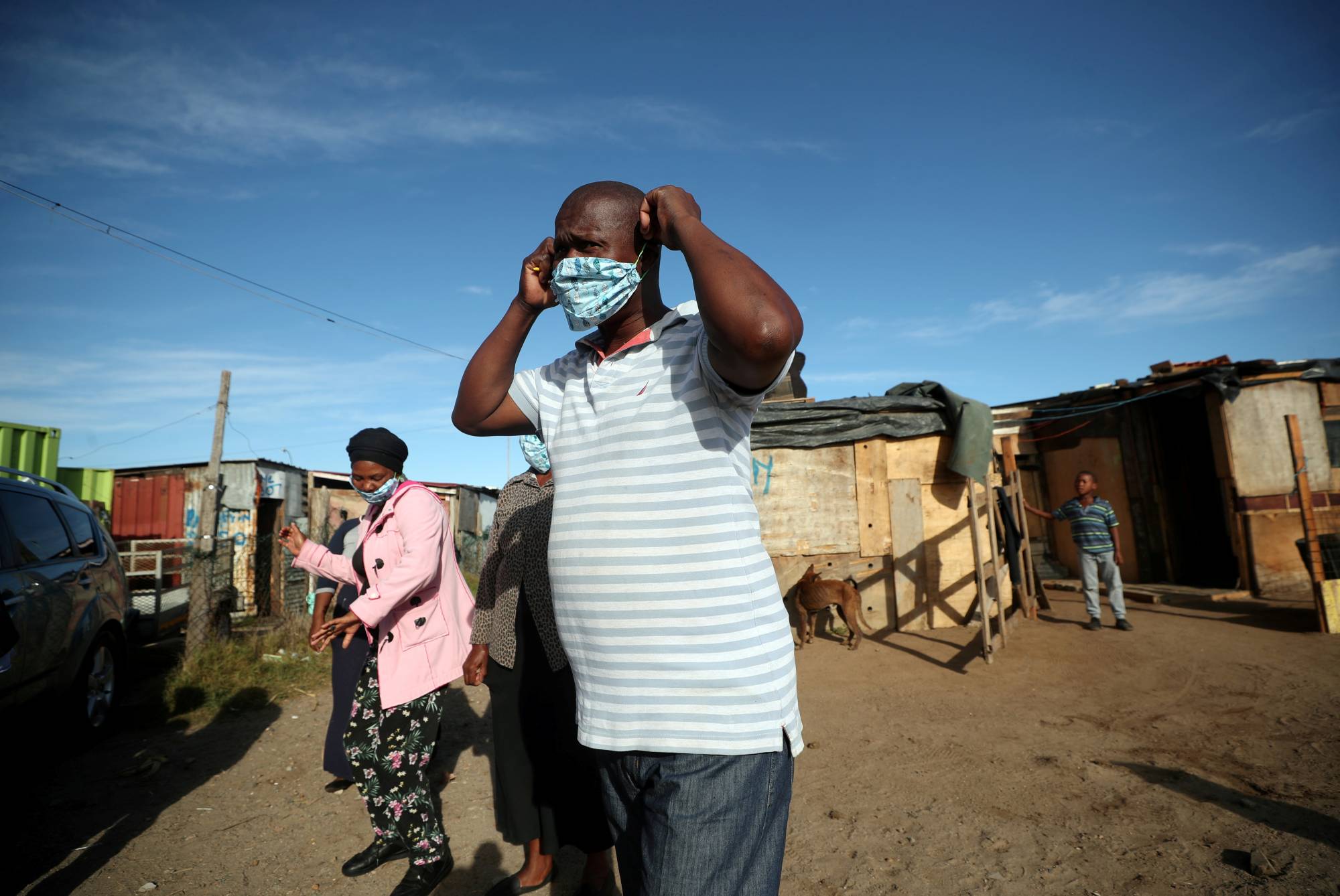"It is easy to see the beginnings of things and harder to see the ends,” Joan Didion wrote in "Goodbye to All That.” Her words resonate in the midst of the COVID-19 pandemic, when no one has a clue whether we’re at the beginning, in the middle or near the end. In sub-Saharan Africa the not knowing is especially worrisome, because it’s difficult to tell whether the continent’s fragile food supply systems will weather the strain.
While the continent has made great strides toward economic security over the past several decades, COVID-19 could stymie that progress. Conditions vary greatly from country to country, but many struggle to ensure that their citizens have access to basic essentials: soap to clean hands, potable water and nutritious food to keep immune systems strong. Hunger and food insecurity have not gone away. About 23 percent of people in sub-Saharan Africa are undernourished. Because of the global economic fallout from COVID-19, the number of people worldwide facing acute food insecurity could nearly double this year to 265 million, the United Nations World Food Programme estimates, and much of that impact will be felt in Africa.
At the same time, obesity and noncommunicable diseases (heart disease and diabetes, for example) are rising in many low-income countries, Africa included, and both are proving to be serious complications for people infected with COVID-19. Much of the continent is also still dealing with other complex infectious diseases — HIV/AIDS, tuberculosis, malaria and other neglected tropical illnesses — that will make it more difficult to treat COVID-19 infections.



